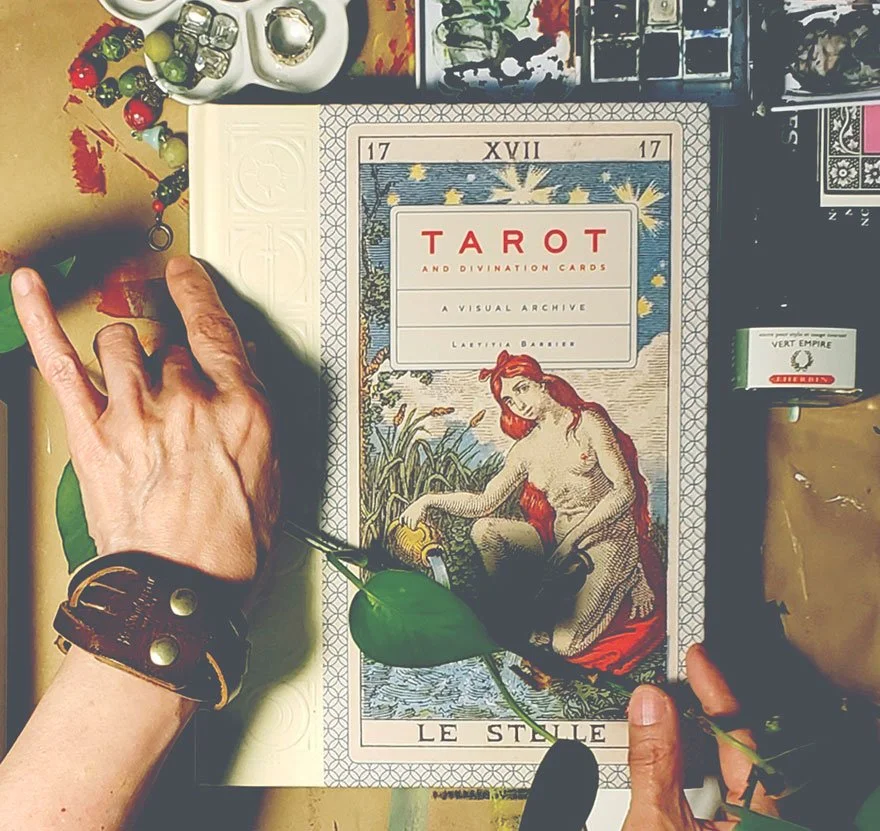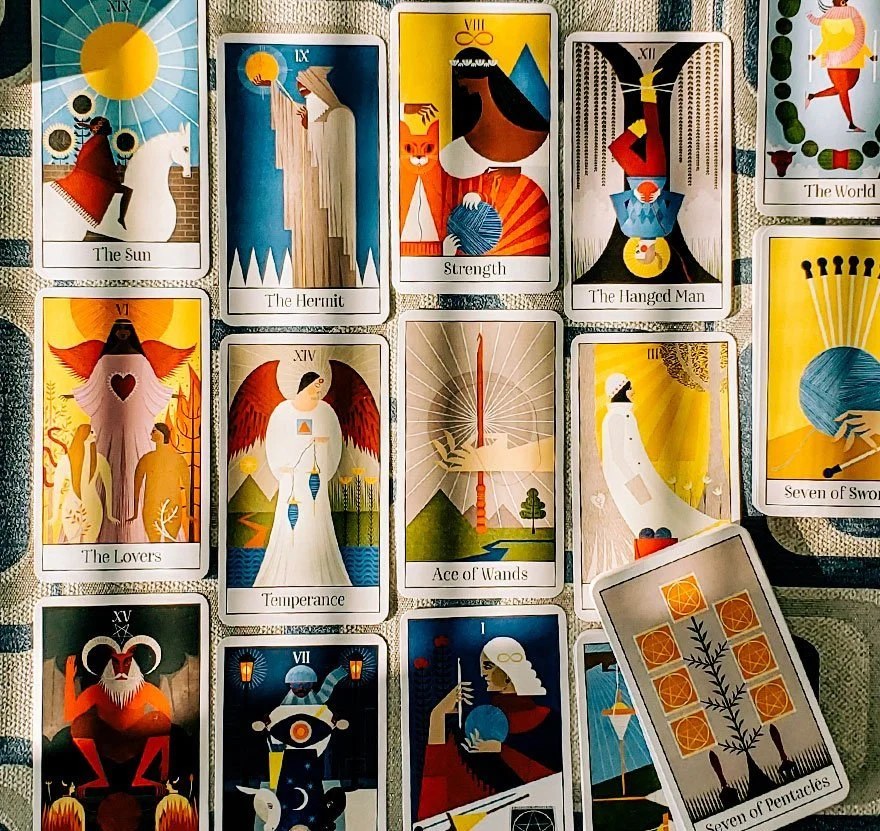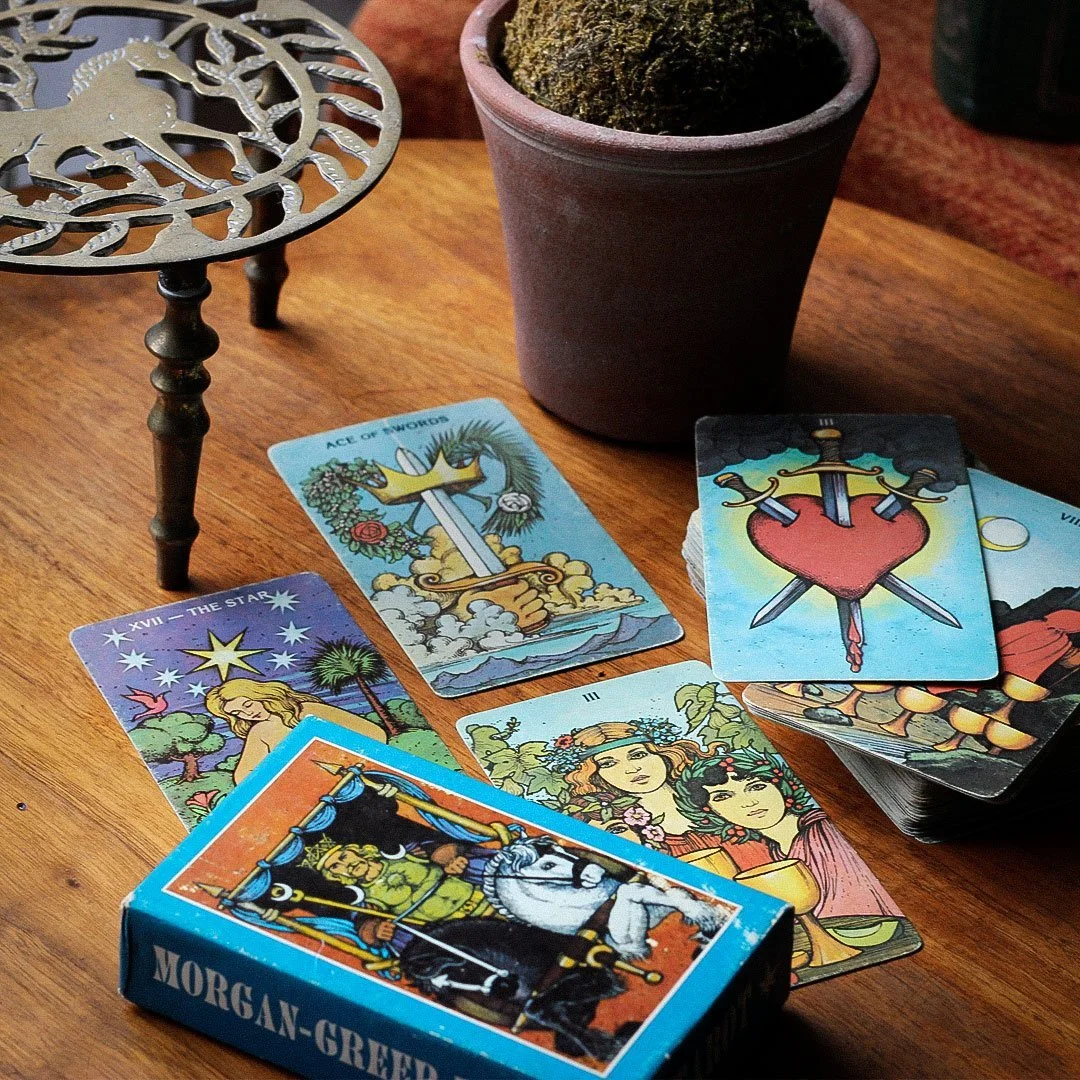The Art of Tarot
An intriguing and visually appealing tarot history book
When it comes to card collecting, tarot cards are some of my favorite in terms of art. There are stories that Tarot cards originated in ancient Egypt and others that set their origin date at a much later 15th century in Italy. The latter is the what most historians believe.
And while they may have started off as a card game, over the years they began to be used for divination. Today, there are a myriad of deck designs. Most Tarot readers begin by using the Rider Waite deck created at the beginning of the 20th century, and many of the decks out today follow their particular style, but there are so many variations out there, collecting tarot cards can be intriguing and rewarding.
But it’s all about the art…
For me at least.
I collect them almost purely for the design and art.
I do know the basics of tarot reading, and I don’t discount the divination angle. However, I don’t believe that cards can tell your future, but I do believe focusing on a card (each card has a meaning) can help you think about how it relates to your life, and perhaps unlock a thought or idea that is lurking in your sub-conscience.
The Yarn Tarot deck, illustrated by Katie Ponder
The most heavily decorated of the cards are the Major Arcana. These are 21 cards that form a story, beginning with The Fool. It moves along numerically through a kind of journey where it culminates in card 21, The World.
The Minor Arcana are made up of 4 suits - Cups, Pentacles, Swords and Wands.
While I love all the new card decks, some very whimsical like the Cat Tarot above or the Yarn Tarot with its art deco styling, the decks from the 1970s are the ones that interest me most.
The 1970s was a strange time.
It reminds me a bit of the Victorian era in that there were a lot of different period influences. And, in fact, Victorian styling was popular in the 70s. Think brass beds, and the the popularity of Jessica McClintock dresses. And if you look at the tarot cards below (both the Aquarian Tarot and the Morgan Greer decks), you’ll see something else that the 70s had in common with the Victorian era, a love of medieval romance motifs. Very Arthurian legend.
The Aquarian Tarot
The original Morgan Greer deck from the 1970s.
But that’s not to say I don’t like the old styles too.
The Tarot de Marseille is not a single deck but a kind of deck, they are all some version of woodblock prints. The first Marseille deck was created in the 18th century and was very popular in Italy and France.
Tarot de Marseille, a reproduction of an original 18th century deck.
For my part, I like the idea of creating some bookplates with Tarot de Marseille images. I think the woodblock art works well for them and harkens back to some of the very early printed papers and title pages in books.
If you're interested in how original playing cards were made from wood block print, check out this YouTube video from the V&A museum.
Woodblock Playing Cards






